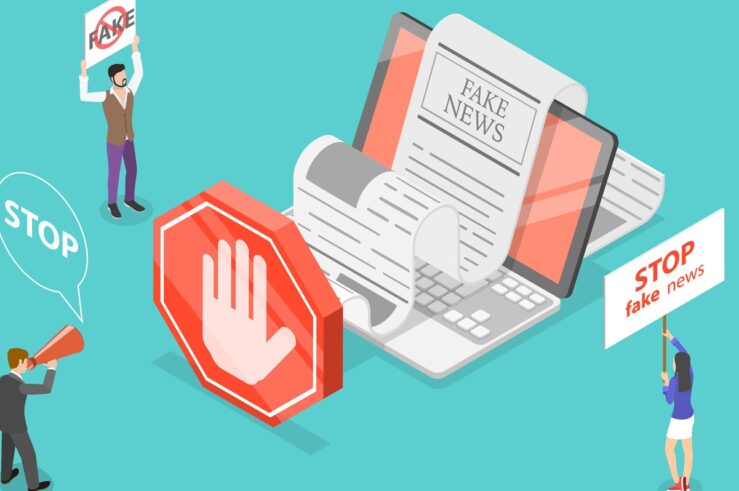My colleague Adam Mossoff’s wonderful paper, A Stitch in Time: The Rise and Fall of the Sewing Machine Patent Thicket, was featured in a WSJ article focused on drawing implications for the smartphone market by studying our experience with the sewing machine patent pool. Professor Mossoff is optimistic about the opportunities for players in the smartphone market to overcome any “anticommons” problem:
Mossoff takes several lessons from this historical example. First, he notes that despite the litigation, the smartphone market isn’t caught in a patent thicket yet, with production and marketing held up indefinitely as happened with the sewing machine. There are, of course, thousands of smartphones for sale, and new ones being developed.
Second, even if it gets to that point, it wouldn’t necessarily be cause for alarm. “If our intuition says, ‘The sky is falling,’ we can say, ‘OK, but did the sky fall in the 1850s?’” Though anti-trust legislation today would likely render a smartphone patent pool an impossibility, the fact remains that lawsuits are often no more than an invitation to negotiation. “Oftentimes the way a party signals to another party in one’s industry, ‘I’m serious about this–you need to speak with me,’ is by filing a lawsuit,” says Mossoff.
And most companies do reach amicable licensing agreements where they use one another’s technology for a fee. “The average cell phone has thousands of patents owned by entities that have licenses with each other,” says Mossoff. Earlier this month, for instance, Microsoft licensed patents by Palm, Palmsource, Bell Communications Research, and Geoworks.
So while the maze of patent lawsuits might seem like wasteful litigation, Mossoff cautions that the opposite might very well be true. Those who defend the patent system and intellectual property rights argue that it encourages innovation by ensuring that inventors get their due. “What the patent system is about is not what’s happening today or yesterday, but what’s going to happen tomorrow,” says Mossoff.
For those who would like the full length version of the paper, which is highly recommend, see here.




